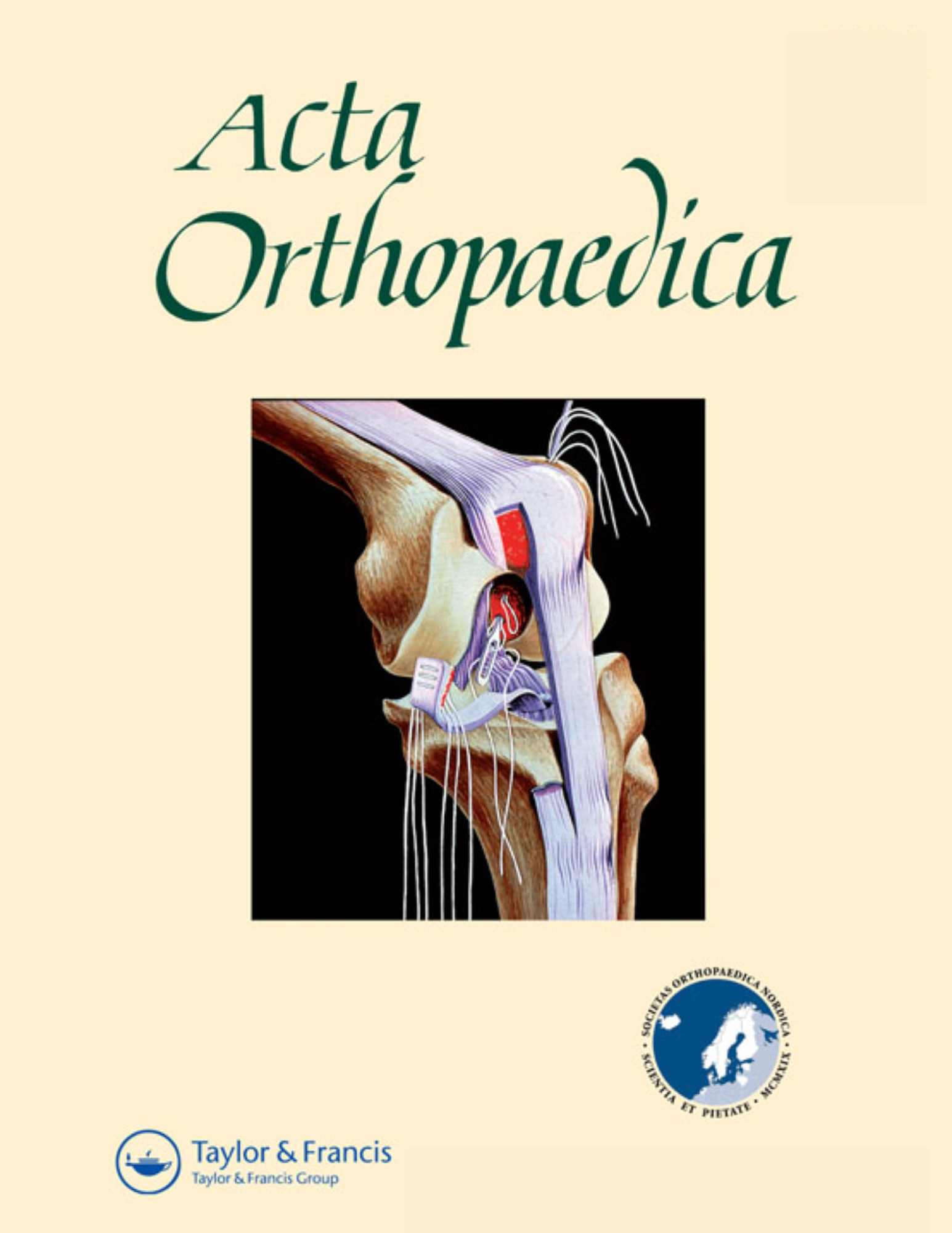
Higher total costs with surgical treatment of acute scaphoid fractures

Higher total costs with surgical treatment of acute scaphoid fractures
Comparison of direct and indirect costs of internal fixation and cast treatment in acute scaphoid fractures: A randomized trial involving 52 patients
Acta Orthop. 2007 Oct;78(5):672-9Synopsis
52 patients were randomized to receive one of two treatments for acute scaphoid fracture. One group underwent a surgical (internal fixation) procedure while the second group underwent a closed (cast treatment) procedure. The primary outcomes examined were total (indirect and direct) costs of either treatment as well as length of work absences. Results demonstrated that there was a higher total cost incurred from surgical treatment in both manual and non-manual workers. However, closed treatment patients had longer work absences and higher work disability costs.
Was the allocation sequence adequately generated?
Was allocation adequately concealed?
Blinding Treatment Providers: Was knowledge of the allocated interventions adequately prevented?
Blinding Outcome Assessors: Was knowledge of the allocated interventions adequately prevented?
Blinding Patients: Was knowledge of the allocated interventions adequately prevented?
Was loss to follow-up (missing outcome data) infrequent?
Are reports of the study free of suggestion of selective outcome reporting?
Were outcomes objective, patient-important and assessed in a manner to limit bias (ie. duplicate assessors, Independent assessors)?
Was the sample size sufficiently large to assure a balance of prognosis and sufficiently large number of outcome events?
Was investigator expertise/experience with both treatment and control techniques likely the same (ie.were criteria for surgeon participation/expertise provided)?
Yes = 1
Uncertain = 0.5
Not Relevant = 0
No = 0
The Reporting Criteria Assessment evaluates the transparency with which authors report the methodological and trial characteristics of the trial within the publication. The assessment is divided into five categories which are presented below.
4/4
Randomization
3/4
Outcome Measurements
2/4
Inclusion / Exclusion
4/4
Therapy Description
2/4
Statistics
Detsky AS, Naylor CD, O'Rourke K, McGeer AJ, L'Abbé KA. J Clin Epidemiol. 1992;45:255-65
The Fragility Index is a tool that aids in the interpretation of significant findings, providing a measure of strength for a result. The Fragility Index represents the number of consecutive events that need to be added to a dichotomous outcome to make the finding no longer significant. A small number represents a weaker finding and a large number represents a stronger finding.
Why was this study needed now?
Acute scaphoid injuries are commonly seen in younger working individuals and the method of treatment is often non-surgical (cast immobilization). This type of treatment can result in long absences from work and incur large financial losses. The most cost-efficient method of treatment (e.g. surgical or non-surgical) for acute scaphoid fractures has not been determined. This study aim to identify the most cost-efficient method of treating patients with an acute scaphoid fracture.
What was the principal research question?
What are the outcomes of direct and indirect costs in performing a surgical (internal fixation) procedure compared to a non-surgical (cast treatment) procedure in patients with an acute scaphoid fracture?
What were the important findings?
- There was a numerically but not statistically significant greater median time for work absence in the cast-treated group compared to the surgery group. (Cast: 74 days, Surgery: 39 days) (p=0.32)
- Workers that performed manual work had a longer work absence compared to workers that were non-manual or self-employed (Manual: Median 84 days, Non-manual: Median 16 days) (p<0.001). Manual workers also had a longer time off work following cast treatment when compared to surgery. (Manual: Median 100 days, Non-manual: Median 61 days) (p=0.03). No difference existed between treatment groups when comparing absence from work for patients who were non-manual workers/self employed (p=0.5).
- The cast group had lower hospital costs compared to the surgery group. (p<0.001) and the total cost was lower in the cast group.
- Manual workers had higher work disability costs and total costs compared to the non-manual workers. (p<0.001)
- Non-manual workers had lower total costs after cast treatment compared to surgery. (p=0.05)
- The surgical group had 3 complications while the non surgical group had 1. 2 of the complications in the surgical group were implant related.
What should I remember most?
There was a higher total cost incurred from surgical treatment in both manual and non-manual workers. However, closed treatment patients had longer work absences and higher work disability costs when compared to the surgery-treated group.
How will this affect the care of my patients?
Manual workers receiving non-operative treatment for a scaphoid fracture will have a longer work-absence, lower hospital cost, but higher disability cost than manual workers receiving surgical treatment. Non-manual/self-employed workers undergoing non-operative intervention will have shorter work absence, lower hospital cost, and lower work disability costs when compared to non-manual workers undergoing surgical treatment. The authors of this study suggest that surgical treatment should be considered in situations where cast-treatment will hinder an individual's ability to work.
Learn about our AI Driven
High Impact Search Feature
Our AI driven High Impact metric calculates the impact an article will have by considering both the publishing journal and the content of the article itself. Built using the latest advances in natural language processing, OE High Impact predicts an article’s future number of citations better than impact factor alone.
Continue



 LOGIN
LOGIN

Join the Conversation
Please Login or Join to leave comments.